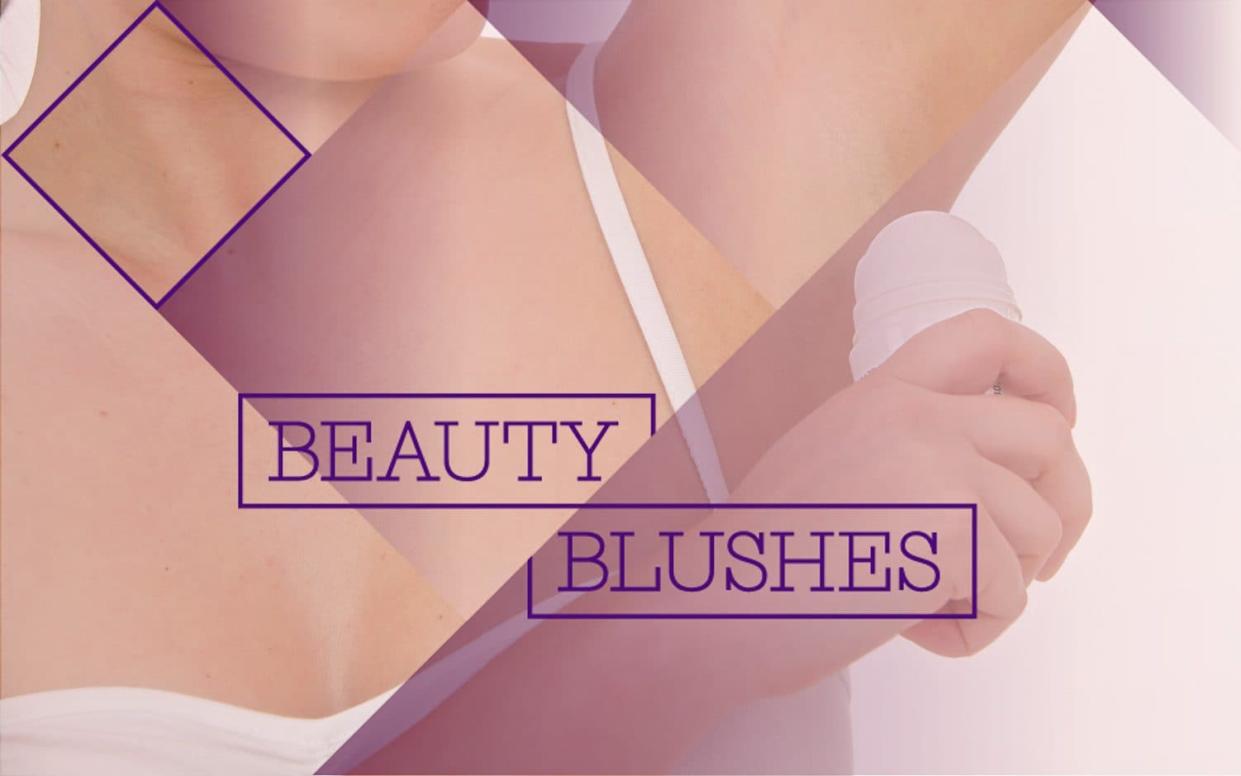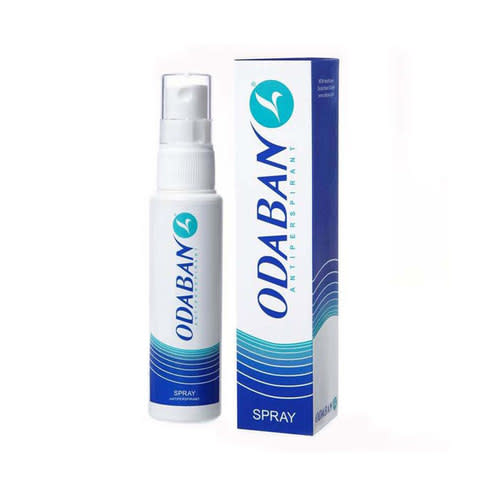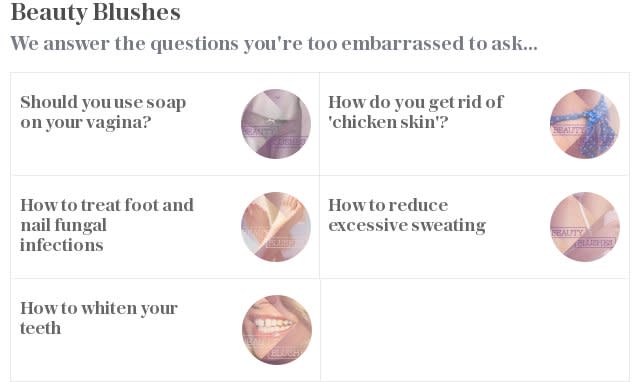How to reduce hyperhidrosis or excessive sweating

Everyone sweats. If you've just run for the bus, done a 45 minute spin class or spent the evening in the kitchen slaving over a stove. Few of us are happy to be seen looking sweaty and simply wipe it away or go for a quick shower. Those who sweat excessively, sometimes for no apparent reason, it can be debilitating. Yet, thousands, if not millions depending on what statistics you're reading, of us in the UK battle with it every day.
Fortunately there are some lifestyle tweaks that can help reduce the amount we sweat, as well as more permanent treatments to solve the situation. We asked the experts to offer their advice...
What is hyperhidrosis?
“Hyperhidrosis or excessive sweating can range from moderate moisture to severe and usually occurs under your arms, on your palms, soles of your feet and your face due to relatively high concentration of sweat glands in those areas,” explains Dr Justine Hextall, consultant dermatologist for The Harley Medical Group. “This can result in large wet stains on clothing, damp and smelly feet, or clammy and wet hands that can be both inconvenient and embarrassing.”
There's no definitive guide to how much sweat is too much though. Instead experts tend to say if the amount you're sweating is interfering with your daily life then it's a problem. For example, if you are having to change your clothes several times a day or if you have problems doing day-to-day activities, such as driving.
What causes hyperhidrosis?
There are two types of hyperhidrosis, primary and secondary. The latter is usually brought on with certain medications, pregnancy or low blood sugar levels, and it is easier to alleviate the sweating. However, primary hyperhidrosis occurs without a specific cause and therefore can be trickier to cure, although there are treatments that can dramatically help.
How can you reduce excessive sweating?
Simple tweaks including wearing looser clothing and opting for white or black colours, which disguise sweat marks can instantly help. Choosing natural fabrics rather than man-made fibres can also reduce your sweating. Lifestyle choices, such as cutting back on alcohol and spicy foods may help too.
If the hyperhidrosis occurs on the soles of your feet, try changing your socks more than once a day and switch to leather shoes.
Can deodorant help?
Switching from deodorants to antiperspirants will help, but if you battle with severe sweating it's best to ask your GP for a prescription formula. Antiperspirants that contain aluminium chloride tend to be the most effective when it comes to hyperhidrosis as they block the sweat glands. Your GP will prescribe one and you apply it before you go to bed in the evening.

There are some over the counter options, including Odaban Antiperspirant, £10.49, which needs to be applied daily and Sweat Block wipes, £17.99, which contains 14 percent aluminium chloride and lasts for five-to-seven days on average.
Are there longer lasting treatments?
There are several options depending on where and how severe your hyperhidrosis is.
Iontophoresis: This treatment has been around for a while and works particularly well on hands and feet. It works using electric currents that help to block your sweat glands. The downsides are that you can experience some irritation and you have to have the treatment monthly.
Botox injections: Botox might be associated with smoothing out lines and wrinkles, but it’s also used medically to reduce sweating. You can have it injected into any area and the results can last for three to six months, but like with iontophoresis you can experience redness and irritation for a day or so afterwards. Some experts warn that you can experience sweating in other areas of your skin, but Dr Eccleston from Medizen Clinics says, “A few patients initially perceive an increase in sweating in other areas after Botox, but this is likely to be due to the fact that as the problem area is no longer sweating, so other less sweaty areas are now noticed more.”
MiraDry+: If sweat patches under your arms are the biggest cause for concern, then this new treatment could be worth exploring. MiraDry+ works by removing the sweat glands under your arms using electromagnetic energy. It’s not the most comfortable option, but one treatment does provide permanent results and it’s the non-invasive alternative to surgery.


